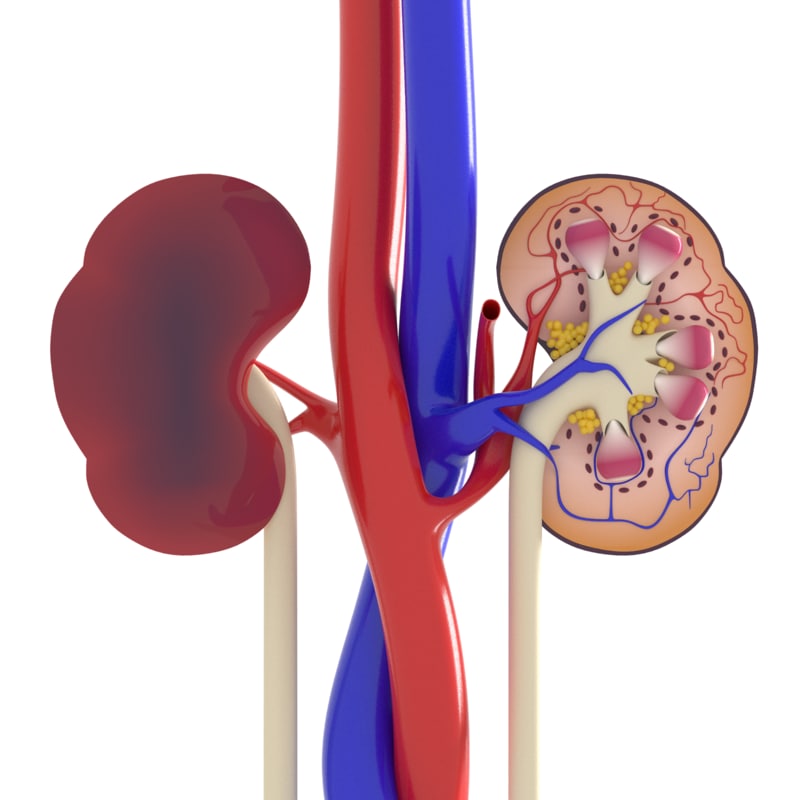Gums Swell After Flossing

The frustrating phenomenon of gums swelling after flossing - a common complaint among many who strive for good oral hygiene. While flossing is an essential part of maintaining healthy teeth and gums, it can sometimes lead to unwanted side effects, such as gum swelling, bleeding, and discomfort. But why does this happen, and more importantly, how can you prevent or alleviate these issues?
To better understand the relationship between flossing and gum swelling, let’s delve into the anatomy of the gums and the mechanism of flossing. The gums, also known as the gingiva, are the soft tissues that surround and support the teeth. They are composed of dense connective tissue, which is richly supplied with blood vessels and nerve endings. When you floss, you are essentially navigating a thin thread between the teeth and under the gumline to remove plaque, bacteria, and food particles that can accumulate and cause inflammation.
One of the primary reasons gums swell after flossing is due to the mechanical trauma caused by the floss itself. If you are too aggressive or use a floss that is too thick, you can inadvertently damage the gum tissue, leading to inflammation and swelling. This is especially true if you have sensitive gums or are new to flossing. Furthermore, if you have pre-existing gum disease, such as gingivitis, flossing can exacerbate the condition, causing further swelling and discomfort.
Another factor to consider is the technique used when flossing. Improper technique, such as snapping or forcing the floss between the teeth, can cause micro-tears in the gum tissue, leading to inflammation and swelling. Additionally, if you are not flossing regularly, you may experience more severe swelling and discomfort when you do floss, as the gums may be more prone to irritation.
Now, let’s explore some strategies to prevent or alleviate gum swelling after flossing. Firstly, it’s essential to use the correct flossing technique. This involves gently curving the floss around the base of each tooth in a “C” shape, making sure to clean the front and back surfaces of the teeth. It’s also crucial to use a gentle touch, avoiding snapping or forcing the floss, which can cause trauma to the gums.
Secondly, choosing the right type of floss can make a significant difference. There are various types of floss available, including waxed, unwaxed, and dental tape. Waxed floss is generally more durable and less likely to shred, while unwaxed floss is more flexible and can be easier to maneuver. Dental tape, on the other hand, is wider and more rigid, making it ideal for teeth with larger gaps.
Thirdly, maintaining good oral hygiene practices can help reduce gum swelling after flossing. This includes brushing your teeth at least twice a day with a fluoride toothpaste, cleaning between your teeth with floss or an interdental cleaner, and visiting your dentist regularly for check-ups and cleanings.
In addition to these preventive measures, there are several home remedies that can help alleviate gum swelling after flossing. One of the most effective remedies is to apply a cold compress to the affected area. This can help reduce inflammation and ease discomfort. You can also try rinsing your mouth with warm saltwater, which can help reduce swelling and kill bacteria.
Another useful remedy is to use a desensitizing toothpaste or mouthwash, which can help numb the area and reduce discomfort. Additionally, applying a topical anesthetic, such as Orajel or Anbesol, can provide temporary relief from pain and discomfort.
In conclusion, gum swelling after flossing is a common issue that can be prevented or alleviated by using the correct flossing technique, choosing the right type of floss, maintaining good oral hygiene practices, and using home remedies such as cold compresses, saltwater rinses, and desensitizing toothpaste. By following these tips and being mindful of your oral health, you can reduce the risk of gum swelling and maintain a healthy, comfortable smile.
What is the best type of floss to use to prevent gum swelling?
+The best type of floss to use depends on your individual needs and preferences. Waxed floss is generally more durable and less likely to shred, while unwaxed floss is more flexible and can be easier to maneuver. Dental tape is wider and more rigid, making it ideal for teeth with larger gaps.
How often should I floss to prevent gum swelling?
+The American Dental Association recommends flossing at least once a day to remove plaque and bacteria that can accumulate between the teeth and under the gumline. However, if you have sensitive gums or are prone to gum swelling, you may want to consider flossing more gently or less frequently.
What are some common causes of gum swelling after flossing?
+Common causes of gum swelling after flossing include mechanical trauma from the floss, improper flossing technique, pre-existing gum disease, and infrequent flossing. Additionally, using a floss that is too thick or too thin can also contribute to gum swelling.
By understanding the causes of gum swelling after flossing and taking proactive steps to prevent or alleviate it, you can maintain a healthy, comfortable smile and reduce the risk of more serious oral health issues. Remember to always prioritize good oral hygiene practices, and don’t hesitate to consult with your dentist if you experience persistent or severe gum swelling or discomfort.

